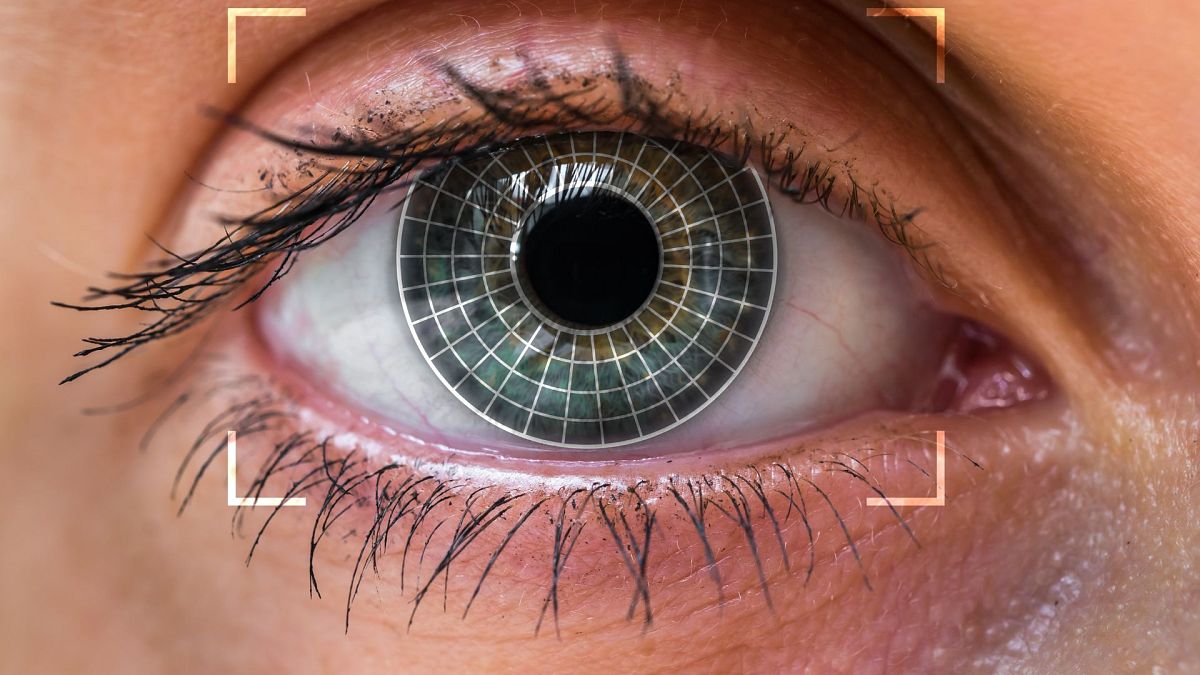Using eye scan data and machine learning, researchers have confirmed artificial intelligence (AI) can spot subtle signs of Parkinson’s years before a clinical diagnosis.
Eye scans could detect signs of Parkinson’s disease in patients seven years before it would usually be diagnosed, new research has revealed.
In the largest study to date on retinal imaging in Parkinson’s, researchers were able to show how markers that indicate the presence of the disease were identified years before clinical diagnosis.
The team behind the study used artificial intelligence (AI) and machine learning to identify markers of the disease in eye scans, using the AlzEye dataset, which contains data from more than 250,000 people linking retinal images and scans with hospital records from the NHS in the UK on cardiovascular and neurodegenerative disease.
The results were then replicated using the wider UK Biobank database which is made up of healthy volunteers.
The results showcase a further development in the emergence of the field of “oculomics,” which is the use of data from eye scans to reveal signs of illnesses and conditions, including Alzheimer’s, multiple sclerosis, and schizophrenia.
Eye scans and eye data have also been used to reveal a propensity to high blood pressure, cardiovascular disease, and diabetes.
Publishing the study in Neurology, the medical journal of the American Academy of Neurology, the scientists from University College London and Moorfields Eye Hospital said they were “amazed by what we can discover through eye scans”.
“While we are not yet ready to predict whether an individual will develop Parkinson’s, we hope that this method could soon become a pre-screening tool for people at risk of disease,” said lead author Dr Siegfried Wagner from the UCL Institute of Ophthalmology and Moorfields Eye Hospital.
Parkinson’s is a progressive neurological condition where there isn’t enough dopamine in the brain, causing problems that worsen over time.
The main symptoms are involuntary shaking of parts of the body, slow movement, and stiff and inflexible muscles, but there can also be psychological symptoms such as depression, loss of smell, and memory issues.
Researchers are trying to find ways to detect it earlier, as earlier detection could provide options for slowing the progression of the disease.
The majority of people with Parkinson’s start to show symptoms after the age of 50, but some experience symptoms in their 40s, and by the time the hallmark symptoms start to show, more than half of the cells in the affected part of the brain may already have died.
“Finding signs of a number of diseases before symptoms emerge means that, in the future, people could have the time to make lifestyle changes to prevent some conditions arising, and clinicians could delay the onset and impact of life changing neurodegenerative disorders,” added Wagner.
Professor Alistair Denniston, consultant ophthalmologist at University Hospitals Birmingham added: “This work demonstrates the potential for eye data, harnessed by the technology to pick up signs and changes too subtle for humans to see. We can now detect very early signs of Parkinson’s, opening up new possibilities for treatment”.



